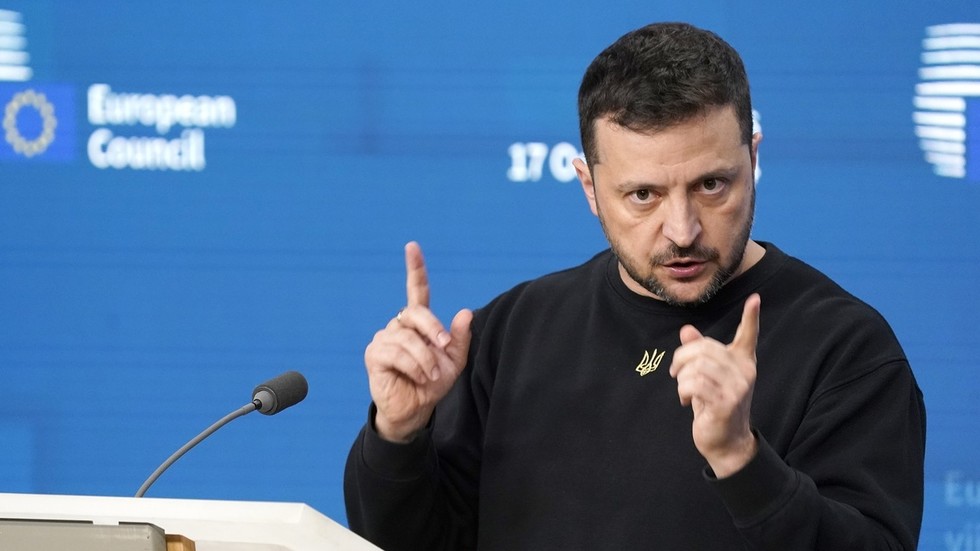Russia and China have been accused of ‘gray-zone’ activity against a critical piece of global communications infrastructure

Posted: November 22nd, 2024

EXPERT INTERVIEW — Deep in the Baltic Sea, two undersea fiber-optic telecommunications cables — linking Finland to Germany and Sweden to Lithuania — were severed this week. Several European governments said that Russia’s escalating hybrid activities against NATO and EU countries were likely to blame – a charge Moscow denies. “It is quite absurd to continue to blame Russia for everything without any reason,” Kremlin spokesman Dmitry Peskov said. A day later, Swedish police said their probe was focused on a Chinese-registered cargo ship, identified as the Yi Peng 3, and the Danish navy has since stopped the vessel as part of the ongoing investigation.
Undersea cables constitute a vast and unseen backbone of global communications, and security officials are increasingly worried that they are at risk.

 6 hours ago
4
6 hours ago
4









